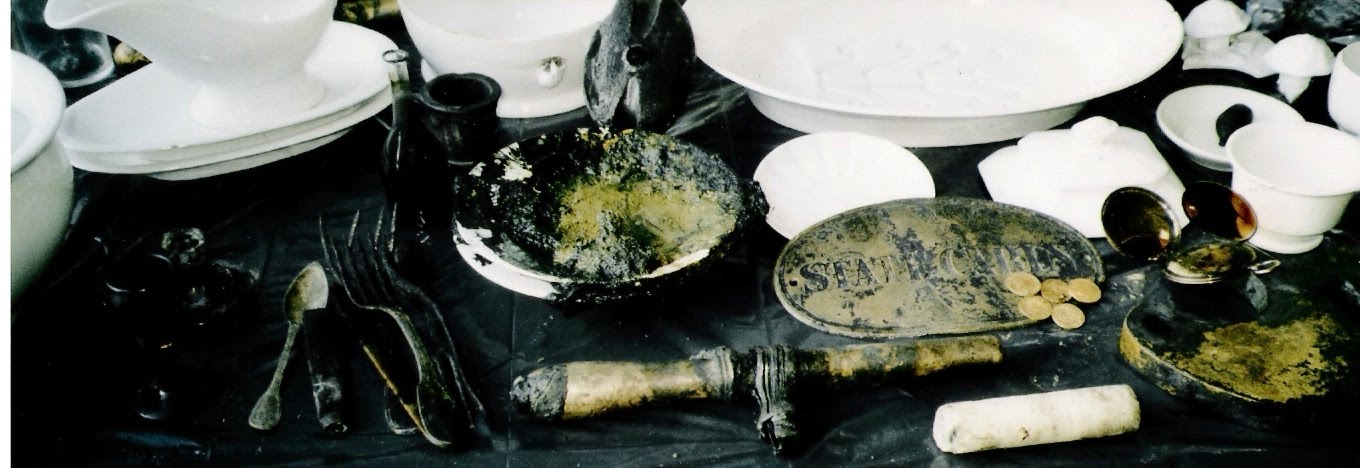The Irrawaddy River is the lifeblood of Burma, providing livelihoods for the communities that live on its banks. In the monsoon the river irrigates their farmland—while in the dry season it yields gold.
The people of the Irrawaddy have been panning for gold for centuries, passing down from one generation to another the skills needed to extract the precious metal from the river’s sand and silt.It’s a hard and dangerous occupation, involving long hours of panning the shallow water in search of grains of gold. Children are entrusted with the panning, but they’re kept away from the most dangerous part of the operation, where mercury is used to fuse the tiny grains of gold together.
The mixture is strained through a cloth and then heated to allow the noxious mercury to evaporate, leaving behind small nuggets of gold.Middlemen buy the gold and sell it to craftsmen, mostly in Mandalay—a city where virtually every pagoda is covered in gold.In Mandalay’s Myetpayat quarter, about 50 workshops specialize in producing the gold leaf that worshipers and pilgrims apply to pagodas and Buddha images. In the past, Burma’s rulers donated huge quantities of gold to adorn sacred pagodas—the 15th century Mon queen Shin Sawbu delivered to one temple her own weight in gold, while Rangoon’s iconic Shwedagon pagoda is clothed in 141 kilograms of the precious metal. Because most of the Irrawaddy gold ends up on Buddha images and pagodas, the craftsmen traditionally believe that their work earns them the merit that will help them advance toward Nirvana.

Posted via email from
.jpg)
No comments:
Post a Comment